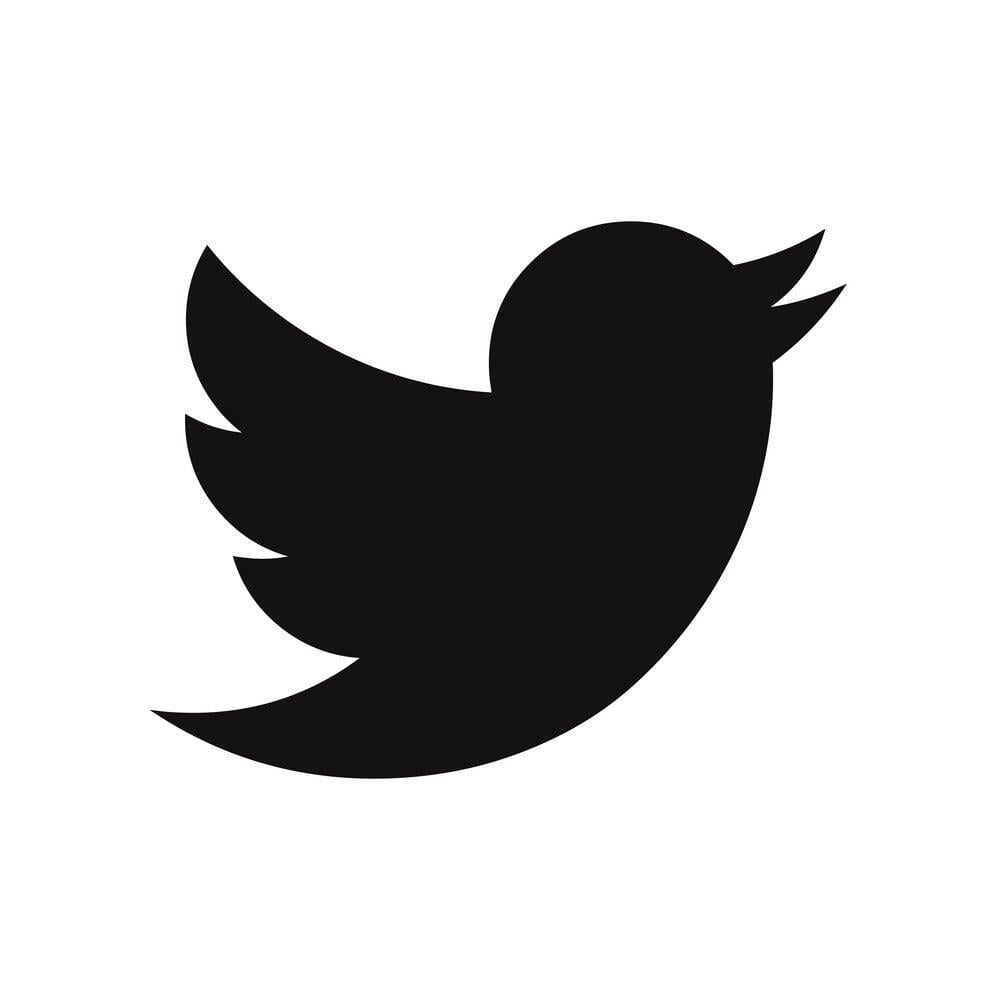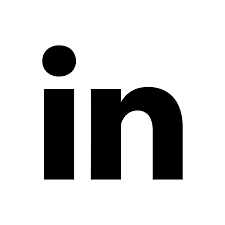You’re about to meet with a customer. You’ve done your research and have learned about their circumstances. You have some ideas regarding how you might help the customer achieve a better outcome.
Now how do you start off the conversation?
One approach is to introduce new insights, new technologies, or new methods to accomplish the jobs to be done. When you can present a frame-breaking idea that gets the prospect to say “I hadn’t thought of that before”, and “I think I could benefit from that approach”, you’re framing the conversation in terms of something that is both relevant and important to them. In other words, you’re giving them a reason to listen to you. And if you want to change someone’s mind you need to change their beliefs and the way they think.
The challenge is that most people naturally want to stick with the status quo. They resist change. Even when a problem is known they may simply “live with it”. Our role in sales is to make the current way of doing things more painful - and more risky - then making the change to a different and better way to get the job done.
So how do you structure the conversation? Here is a framework to follow:
Educate or teach your prospect about something new
Inspire your prospect to think differently about how they are currently doing things
Identify a problem or uncover the need to achieve a better result
Understand the impact or implication of the problem, or staying with the status quo
Determine if your customer has a desire to change
When you present a frame-breaking idea, you get your customer talking about their current process, their struggles and challenges. From this discussion they will likely realize what needs improvement. When you listen to their answers, you’ll gain a much clearer picture of their situation and begin to assess whether you have a solution that will help them.
Keep in mind that in the "awareness" stage, people looking for insights into ways to solve problems or uncover new and better ways of doing things. This “top-of-funnel” content is content that doesn’t try to sell your customer on a product or service, but instead educates, helps, and answers common questions.
What type of content can be used at the awareness stage?
Reports or whitepapers, ebooks, webinars or instructional videos can be helpful content to help educate your customer or prospect about something new – new technologies or new methods that can simplify work processes, improve productivity or boost efficiency.
Paint the picture of a better future and give your prospect the perspective of understanding what can be possible if they’re willing to make a change. Only when your customer has made a commitment to change will they be motivated to consider your solution.




